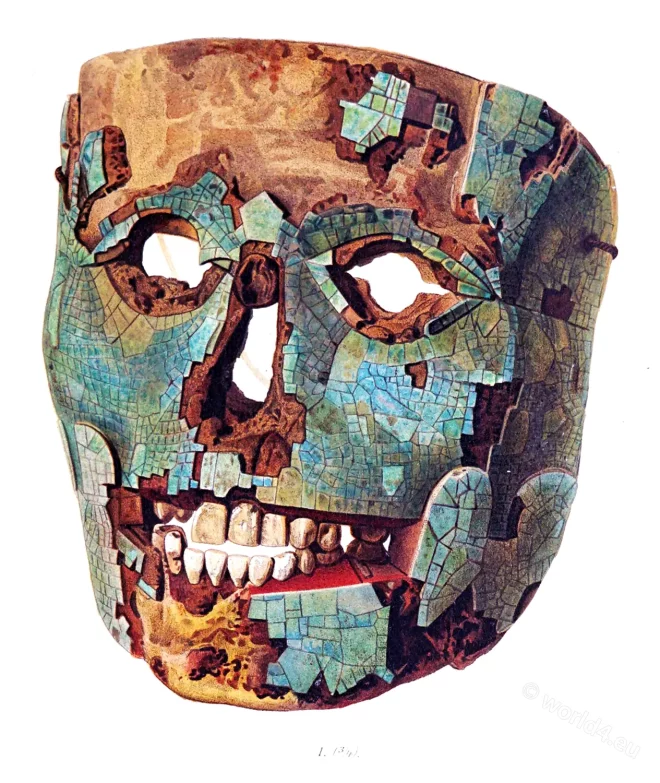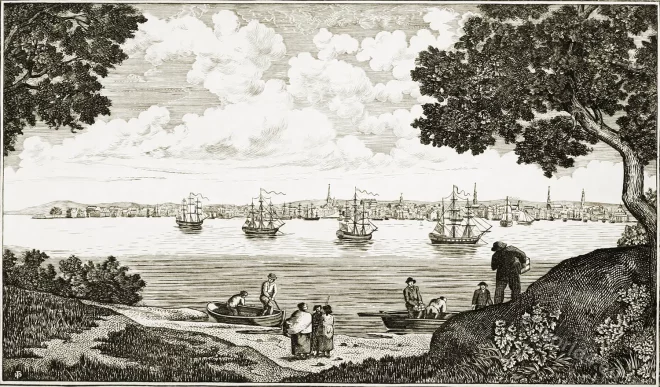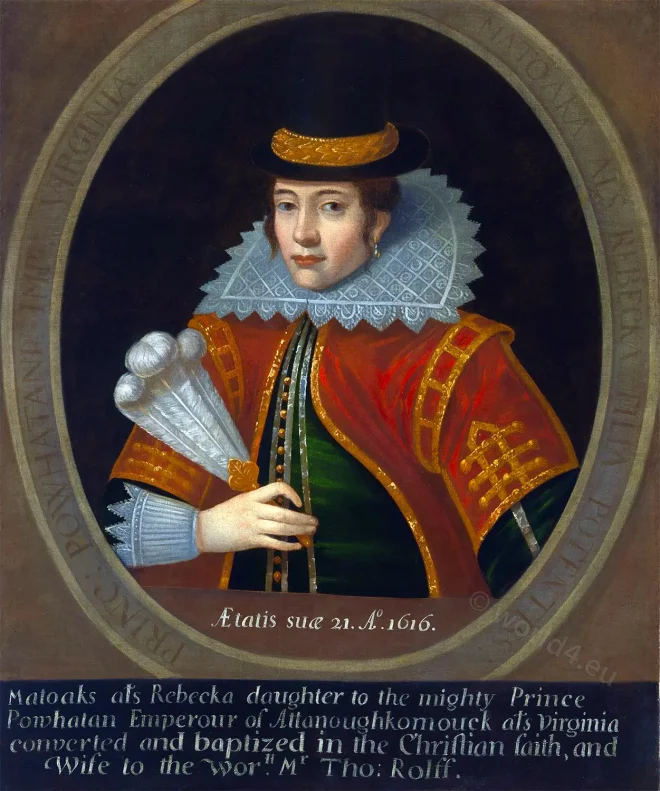Aztec skull mask covered with blue and red mosaic from Mexico.
Category: America
Chivalry and Its Results by Harriet Bowker Bradbury
Chivalry and Its Results. Chapter IX. Civilisation and Womanhood by Harriet Bowker Bradbury
Jamaica. Bridge, over the White River. St. Mary’s.
An Old Spanish Bridge connecting St. Ann and St. Mary parishes over the White River, Jamaica.
The Horseshoe Fall, Niagara – With the Tower, 1837.
The Horseshoe Fall, Niagara – With the Tower, 1837. Seen from Goat Island, by William Henry Bartlett.
View From Spring Bank, Near Port Antonio, Jamaica.
Spring Bank is situated about three miles south-westward of Port Antonio at Jamaica.
Beginnings of Central Park in New York City.
The condition of the site before park operations were commenced seems incredible to us of the present day.
New York in 1801
Views of early New York by Colonial order of the acorn.
The Beginnings of Virginia, 1584-1624.
History of Virgina. Early English Explorations. The Roanoke Colony. Steps to Permanent Settlement.
Ralph Barton. Sketch for a catalogue cover, c. 1918.
Caricature of Flappers Wearing Furs. The work of American designers 1918.
Spring Garden Estate, St George, Jamaica.
James Hakewill’s Picturesque tour of the island of Jamaica (1825).










